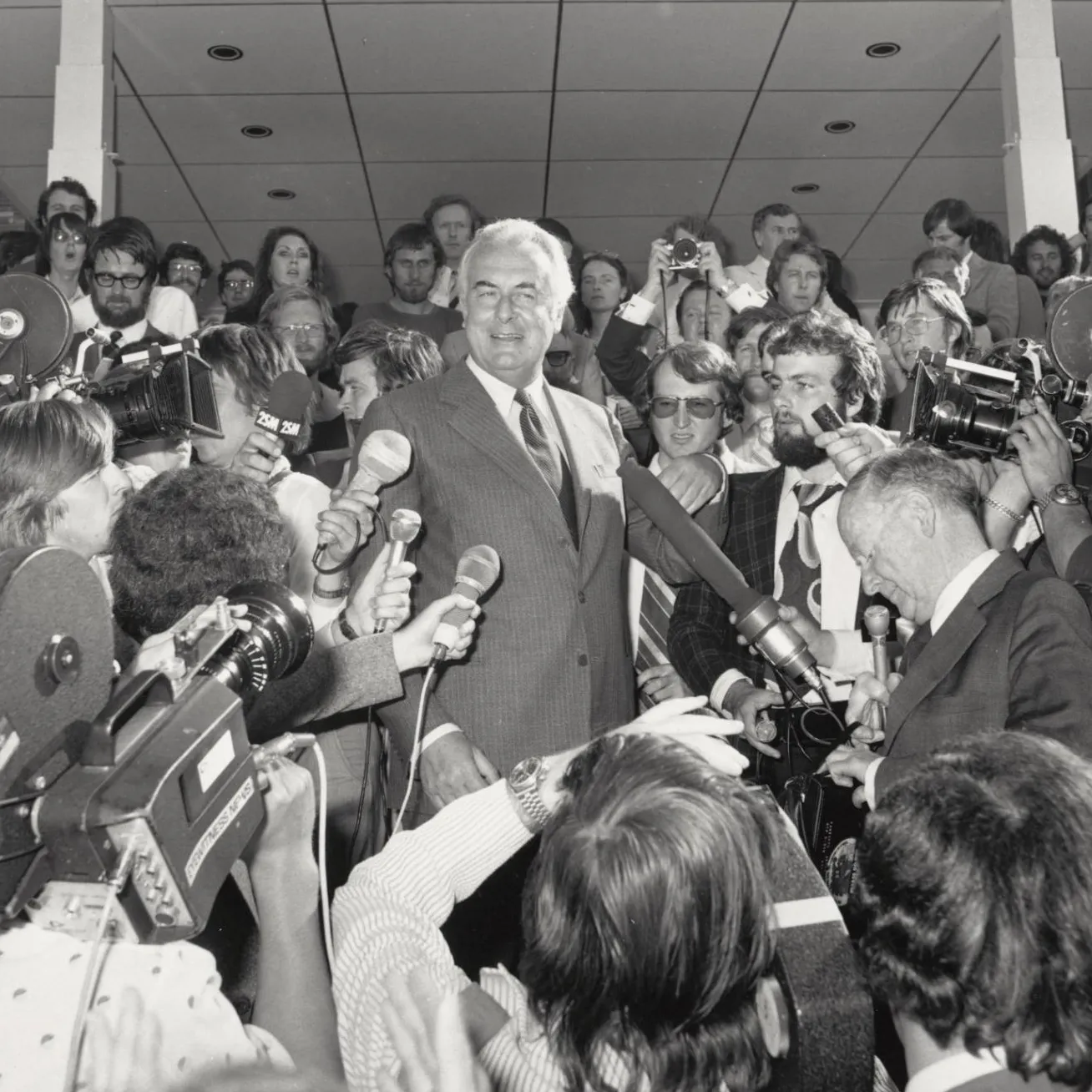What is a double dissolution?
Everything you need to know about a double dissolution.
A double dissolution occurs when both houses of parliament – the House of Representatives and the Senate – are shut down, or 'dissolved', so a federal election can take place.
For the government to enact proposed laws they need to be passed in both houses. Typically, the government has a majority in the House of Representatives, but not always in the Senate. If the government passes a bill in the House of Representatives, it may be rejected or fail to pass the Senate. What can happen when this deadlock occurs?
Enter a double dissolution. The prime minister can ask the governor-general to dissolve parliament and hold an election. If the government gains a majority in the Senate they can pass the bill. However, they also risk losing their majority in the House of Representatives and finding themselves out of government.
In 1983, the Liberal-National Party government led by Prime Minister Malcolm Fraser failed to pass 13 proposed laws through the Senate, including bills for tertiary tuition fees. A double dissolution election was called, and Australian voters took to the polls. Fraser and his government were defeated by Bob Hawke and the Labor Party. The 13 bills were not reintroduced.

Bob and Hazel Hawke with journalists inside the National Tally room on election night, 5 March 1983.
Photograph NAA: A6180, 8/3/83/14
When can a double dissolution occur?
A double dissolution can only occur when a bill that starts in the House of Representatives has been rejected by the Senate twice. There must be an interval of three months before a bill can be put forward for the second time. If a deadlock continues, the prime minister can advise the governor-general to dissolve both houses.
There can be more than one bill that triggers a double dissolution, as occurred in 1983.
How is a double dissolution election different to a regular election?
In a regular election, all of the House of Representatives stand for re-election but only half of the Senate stand for re-election.
In a double dissolution election, all positions in both houses become vacant and everyone stands for re-election. This is the only time this happens.
In 1974, there was a deadlock over six bills Gough Whitlam's Labor government was trying to pass, including a health insurance bill that would eventually become Medicare. Twice the bills passed the House of Representatives and twice the Senate rejected them. Whitlam advised Governor-General Sir Paul Hasluck to dissolve parliament, and a double dissolution election was called. Labor was voted back into government, but failed to win control of the Senate.
Following the 1974 election, Whitlam's 'new' government reintroduced the six bills, but they were again defeated in the Senate. In this situation, the governor-general may convene a joint sitting of parliament. The newly-appointed Governor-General, Sir John Kerr, did this in 1974, and all six bills were passed.
1975 double dissolution and the Whitlam dismissal
The double dissolution election of 1975 was a key moment in Australian history. Gough Whitlam and his government were in a deadlock with the Senate over supply of government money. Governor-General Sir John Kerr dismissed Whitlam and his government and called a double dissolution election on the advice of caretaker Prime Minister Malcolm Fraser.
The dismissal of Whitlam's government is the only time in Australian history when a non-elected official has dismissed an elected government.
When have double dissolutions occurred in Australian Parliament?
There have been seven double dissolutions.
In 1914, 1975 and 1983 the government lost the election.
In 1951, 1974, 1987 and 2016 the government won the election.









